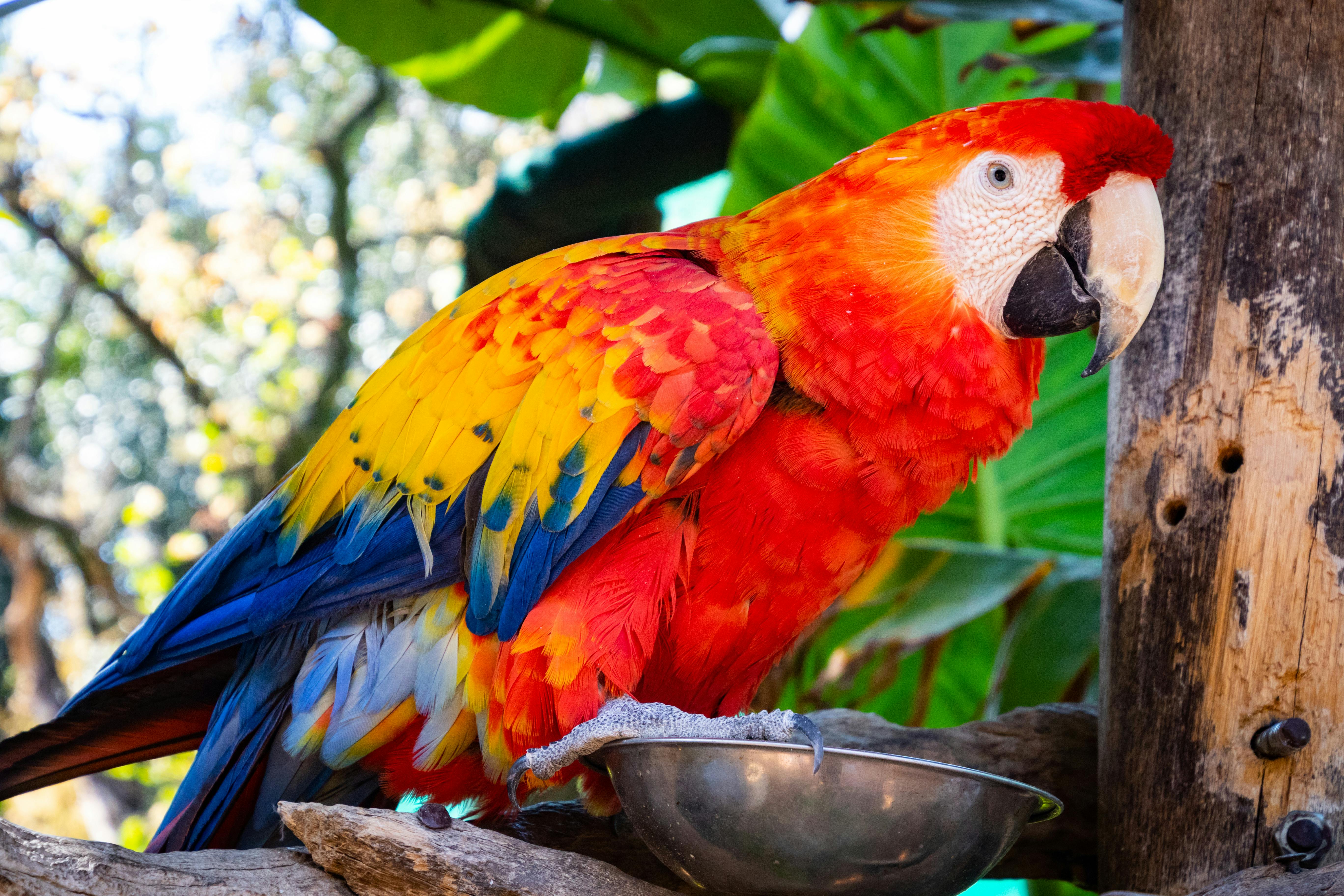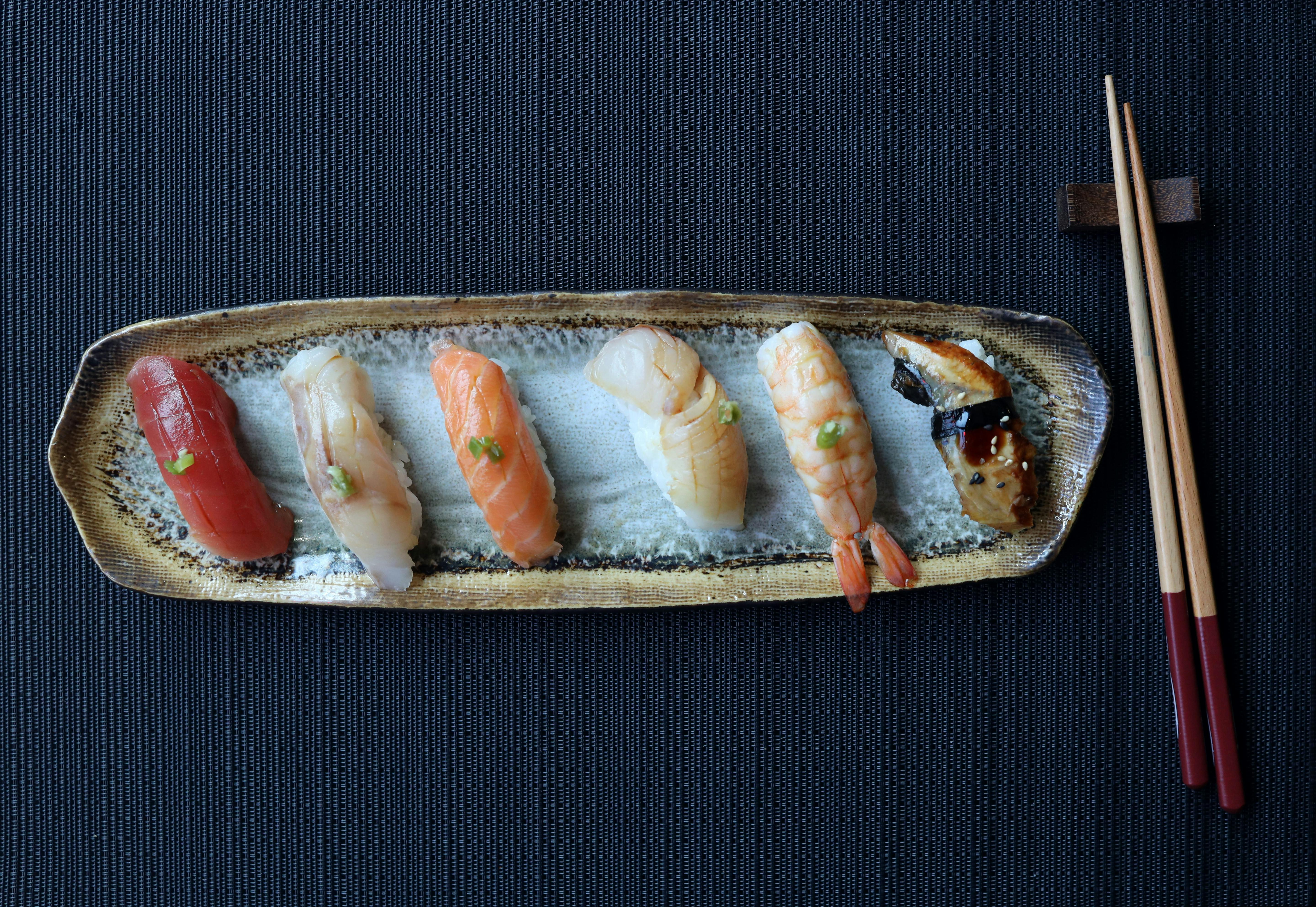
Effective Ways to Care for Pregnant Cherry Shrimp in 2025
Caring for pregnant cherry shrimp is an exciting and rewarding aspect of aquarium ownership, especially as more enthusiasts look to breed this vibrant and adaptable species. Cherry shrimp are not only popular for their beautiful colors and hardiness, but they also make excellent additions to community tanks and offer insight into the complex world of shrimp breeding. In 2025, understanding the specific needs of pregnant cherry shrimp is crucial for ensuring their health and the success of their offspring.
This article will delve into effective care techniques for pregnant cherry shrimp, including optimal tank conditions, feeding routines, and breeding setups. We will explore the various aspects of cherry shrimp care to help you create a thriving environment in your aquarium, while also addressing common challenges faced by hobbyists. By the end of this guide, you will have a comprehensive roadmap that covers all the essential components to support healthy cherry shrimp breeding.
We will also touch on the importance of maintaining water quality, suitable tank mates, and the right diet to promote the well-being of pregnant shrimp. For those looking to enhance their understanding further, we will include practical tips and expert recommendations, ensuring a well-rounded approach to cherry shrimp care.
Understanding Cherry Shrimp Behavior and Lifespan
Building on the foundational knowledge of cherry shrimp care, it's essential to understand their behavior and lifespan. Cherry shrimp are peaceful creatures that thrive in community tanks. They exhibit unique behaviors, such as grazing throughout the tank and interacting with aquarium plants. Moreover, their lifespan typically ranges from 1.5 to 2 years, but with proper care, many hobbyists have reported longer lives.
How to Spot Pregnant Cherry Shrimp
Identifying pregnant cherry shrimp is a critical part of successful breeding. The most recognizable sign of pregnancy is the presence of a saddle—a patch of eggs in the female's abdomen that may appear as a dark mass. Once the eggs are fertilized, you may notice the shift in coloration of the female as she carries her eggs—this is when cherry shrimp become particularly vibrant. Monitoring her closely can provide insights into when she will release the baby shrimplets, known as larvae.
Cherry Shrimp Lifecycles and Growth Stages
Cherry shrimp undergo various growth stages, starting from fertilized eggs to juvenile shrimp. After about 30 days, the larvae hatch and complete their early stages in the safety of the tank. As they grow, these shrimplets will start to exhibit their unique colors. Understanding these growth stages is key to adjusting care routines appropriately, ensuring they have the right conditions for growth.
Establishing Optimal Tank Conditions for Cherry Shrimp
With these behavioral insights established, we shift focus to tank requirements crucial for cherry shrimp health. Setting up the right conditions not only enhances shrimp survival rates but also promotes successful breeding cycles.
Water Quality and Parameters for Cherry Shrimp
Maintaining excellent water quality is vital for the health of pregnant cherry shrimp. They prefer slightly acidic to neutral pH levels between 6.5 to 7.5 and a hardness of 4-8 dGH. Regular monitoring of the water parameters is essential to prevent drastic changes that could lead to stress or health issues.
Aquarium Filtration and Cycling Procedures
A well-cycled tank using shrimps-friendly filters ensures optimal water quality by removing harmful toxins while maintaining beneficial bacteria. It’s vital to employ methods that minimize stress in shrimp, which includes setting up aquariums with gentle filtration systems and avoiding strong currents. A suitable tank decoration—like vegetation—acts as both hiding spots and grazing grounds for pregnant shrimp.
Compatible Tank Mates for Cherry Shrimp
Selecting appropriate tank mates can greatly impact the health and stress levels of cherry shrimp. Choose peaceful fish species or other freshwater shrimp species known for compatibility, avoiding aggressive tank mates which might pose a threat to both female shrimp and their babies. Popular tank mates include small tetras or snails that coexist harmoniously with shrimp.
Feeding Pregnant Cherry Shrimp: Nutritional Essentials
Following responsible tank setup and maintenance, the focus shifts to the critical aspect of feeding pregnant cherry shrimp. Proper nutrition is essential for the health of both the mother and her developing eggs. Understanding feeding habits and appropriate food types can drastically assist in their well-being.
Best Food Options for Cherry Shrimp
Providing a varied diet that includes both high-quality pellets and plant-based foods is essential for pregnant shrimp. Special shrimp foods designed to boost health during pregnancy often contain necessary nutrients. Additionally, incorporating blanched vegetables—like zucchini or spinach—can significantly benefit their diet. This multifaceted approach aids in maintaining their health and encouraging strong offspring.
Feeding Frequency and Techniques
Feed your pregnant cherry shrimp small amounts several times a week to prevent overfeeding, which can lead to unhealthy water conditions. Observing their feeding behavior can help develop insights into their preferences, ensuring you adjust the diet based on their reactions.
Common Nutrition Mistakes to Avoid
While feeding, avoid common mistakes such as overfeeding or providing food that lacks adequate nutrients. Ensure all uneaten food is removed promptly to maintain water quality. Additionally, avoid relying on only one type of food—diversity in their diet is key to supporting pregnant shrimp through their reproductive cycle.

Breeding Techniques and Care Strategies for Cherry Shrimp
Now that we have covered the nutrition for pregnant cherry shrimp, we will explore breeding techniques that can help maximize reproductive success. Understanding these techniques will foster a supportive environment for carrying and nurturing shrimp offspring.
Breeding Parameters for Cherry Shrimp
Effective breeding setups require specific conditions such as stable water parameters, optimal temperatures, and aquascaping that includes hiding spots for newly-hatched shrimplets. Aim for a temperature range of 70-78°F, as this encourages breeding without stressing the shrimp.
Creating a Suitable Breeding Environment
Implementing aquatic plants that provide cover for both pregnant shrimp and their larvae can enhance survival rates. Moss and floating plants are excellent choices as they provide both hiding spots and grazing opportunities for developing shrimp. Additionally, consider using breeding boxes to separate pregnant females and protect the larvae.
Monitoring Shrimp Health During Breeding
Observing the shrimp's health throughout the breeding process is crucial. Ensure they are active, exhibit normal behavior, and do not show signs of stress or disease. If any issues arise, swift action is essential to rectify water quality and diet—monitor these factors to maintain the highest standards of shrimp care.

Maintaining a Healthy Cherry Shrimp Population
With breeding techniques and care strategies covered, our final focus will pivot to maintaining a healthy shrimp population in your tank without overpopulating or stressing the inhabitants.
Managing Shrimp Growth Rate and Population Dynamics
Control the growth rate within the aquarium by selectively managing breeding to prevent overcrowding. Observation of shrimp behavior will also offer insights into social structures, with many cherry shrimp thriving in small groups. Understanding these dynamics ensures a balanced environment where each shrimp can thrive.
Common Health Issues and Solutions
Keeping a close eye on your shrimp’s health helps prevent common diseases and ailments, which can adversely affect breeding. Address any signs of stress or sickness by evaluating water parameters, diet, and tank cleanliness regularly.
Expert Tips for Long-Term Cherry Shrimp Care
Professional aquarists recommend maintaining proper filtration, conducting regular water changes, and providing high-quality food to ensure long-term health. Additionally, be patient—successful breeding takes time and understanding shrimp behavior is that both a challenge and an exciting venture for aquarists alike.
By applying the practices and knowledge highlighted in this guide, you are well-equipped to care for pregnant cherry shrimp effectively. Whether you are a beginner or an experienced aquarist, understanding the nuances of shrimp care can enhance your aquarium experience.
Utilizing these effective methods will ensure healthy cherry shrimp populations while minimizing common pitfalls along the journey.
For more insights on how to create a flourishing shrimp habitat, explore detailed guides on shrimp care and breeding techniques.
Its part of generated content. Can i generate another part?